The Legacy of King Sejong in history and popular culture.
- byT.Sapphire 💙
- 10 months ago
- 0 Comments
- 6mins
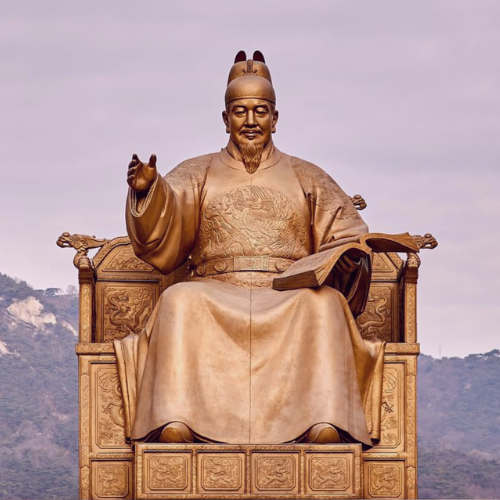
If you're a lover of the Korean language, then you are welcome because today, we are taking it back to the roots.
It’s no longer news that the highly revered King Sejong was the developer and implementer of the Korean Alphabets, and if you ask me, I think the man (don’t mind me) deserves all the accolades he receives and more, and this is everything you should know about him.
History
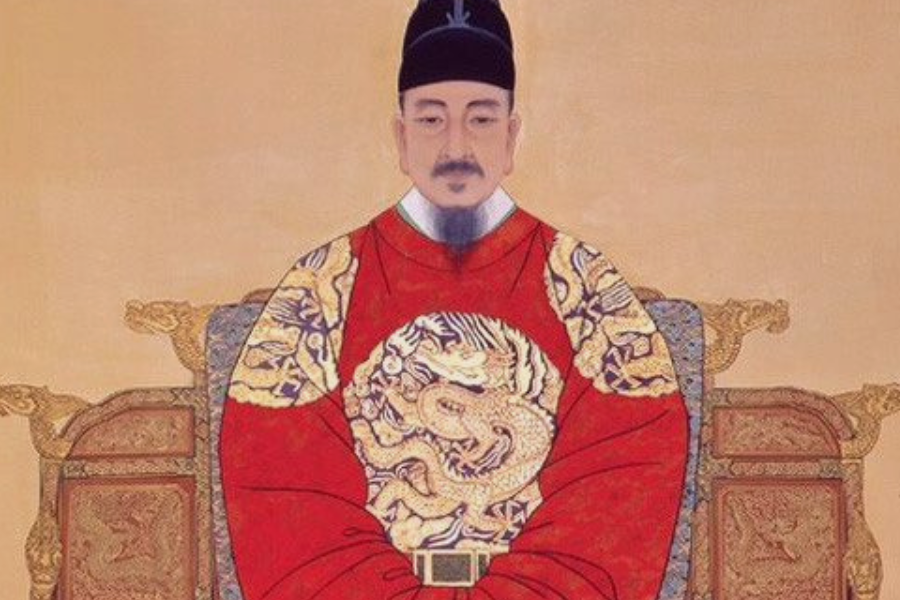 King Sejong was the fourth king and ruler of the Joseon dynasty and he was by far and unarguably one of the greatest and, of course, that earned him the name and title ‘Sejong the Great.’ He was widely considered and respected as one of the greatest kings of the Joseon dynasty because of his many and unforgettable inventions.
King Sejong was the fourth king and ruler of the Joseon dynasty and he was by far and unarguably one of the greatest and, of course, that earned him the name and title ‘Sejong the Great.’ He was widely considered and respected as one of the greatest kings of the Joseon dynasty because of his many and unforgettable inventions.
However, what if I told you that just like the current ruling household of England, King Sejong was not the direct heir to the throne and would not have smelled the kingship title if not for a series of events that later led to him being crowned the crowned prince and later the king? Yes, that’s true.
Although King Sejong was born a Grand Prince (son of the queen) with his original name being Yi To and also known as Prince Chungnyeong, he was the third son of King Taejong (who was also the fifth son of his father ‘King Taejo of Joseon), the third king of the Joseon dynasty and therefore was not entitled to the throne as he had two older brothers of which the first ‘Prince Yangnyeong’ was initially crowned the crown prince. However, the crown prince exhibited a series of misconduct and also went against the Korean rule of filial piety, which led to him being deposed as crown prince and banished from the palace. The second prince ‘Grand Prince Hyoryeong, would have been crowned, but he allegedly had reservations about the ruling and he opted to be a Buddhist monk instead, automatically leaving the title to Prince Chungnyeong (King Sejong).
Inventions
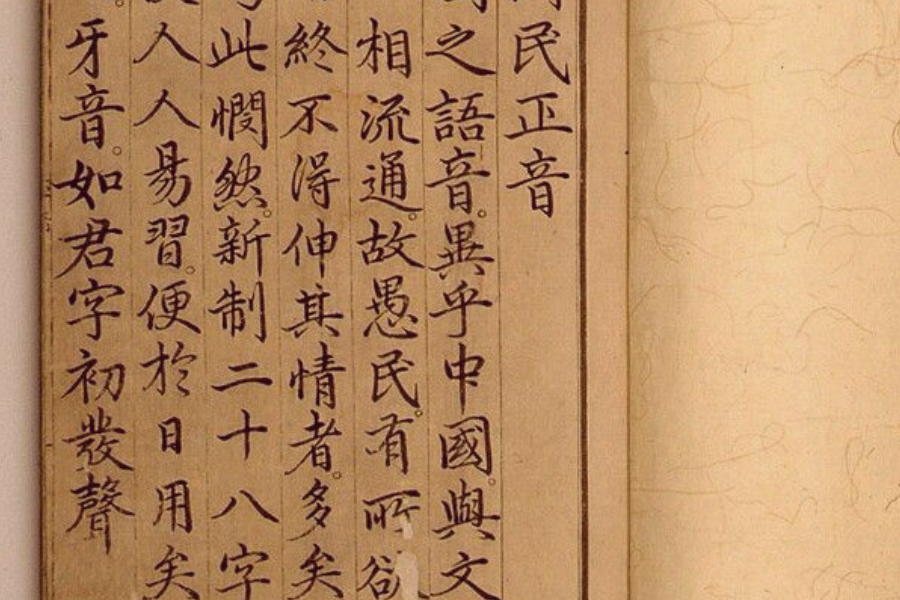
What King Sejong did not automatically become was one of the greatest kings in Joseon. Instead, he earned every bit of the accolades he received and is still receiving. After his father King Taejong voluntarily abdicated the throne and claimed the title of King Emeritus (Learn more here - A guide for Sageuks: The Joseon Royal Family.), King Sejong rose to the throne in 1418. Although King Taejong maintained the majority of power till his death in 1422, King Sejong still did many great things before and after his father’s death.
Some of the great achievements of King Sejong included creating a balance in the religious activities in Joseon during his reign, making moves to eradicate the widely accepted barter system in the Nation, and great technological advancement which contributed to the military strength and advancements in other fields like science, arts, literature, medicine, music, laws, public welfare, and others.
However, what is considered the greatest and most iconic of them all is the invention of Hangul ‘the Korean alphabet.’ Prior to these inventions, the educated population of the Korean pre-modern era relied majorly on the use of Classical Chinese to write and some minor other languages. King Sejong was disheartened by this unavoidable situation as the non-existence of Korean letters forced many people into the hands of illiteracy and the king decided to put an end to the occurrence by providing a solution and the solution he provided was the invention of ‘Hun min jeong eum’ later on referred to as Hangul starting from the 20th century.
Depictions and Celebrations
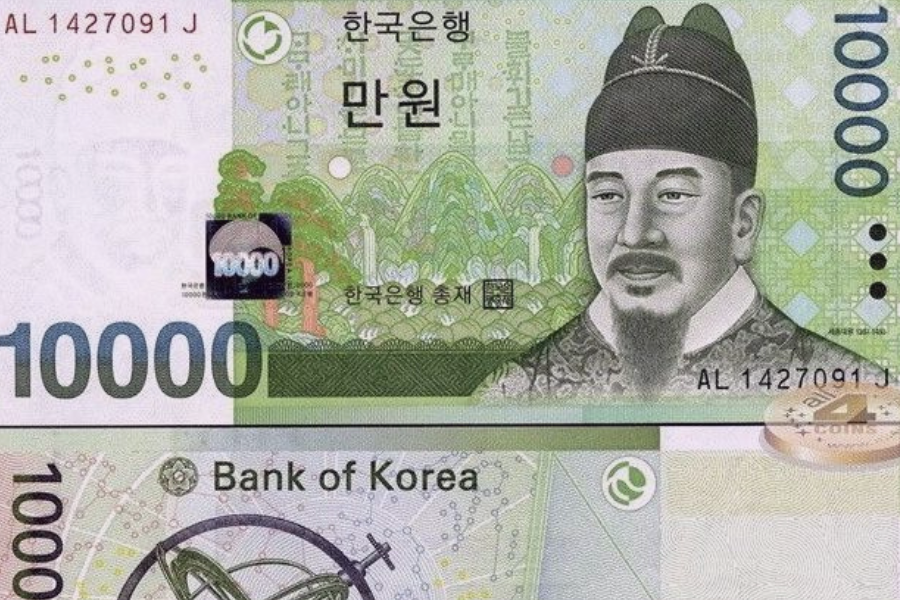
King Sejong remains celebrated up to date for all his inventions and especially his creation of Hangul. Every 9th October is tagged Hangul Day in Korea, and King Sejong is duly remembered and celebrated for this beautiful invention as it was a major reliable foundation for the Korean Nation and has continued to showcase them to the world (If you are learning Korean, you are a testament to this). The 10,000 Won Korean currency note serves as a monument of King Sejong, as his picture is drawn gracefully on the note.
K-dramas will surely depict Korean Kings in their dramas, right? Although some dramas use an element of fiction mixed with non-fiction in some portrayals, some dramas with King Sejong’s depiction include The Great King Sejong, The King and the Queen, Splash Splash Love, Six Flying Dragons, and many more. These depictions are not limited to series but are also seen in movies and, surprisingly, video games and how wide the impact of King Sejong spreads.

King Sejong's legacy remains timeless, celebrated through Hangul, which revolutionized Korean literacy, and his countless innovations that shaped the nation. From currency to K-dramas, his impact speaks with the loudest voice and will remain the same!
Tags:
T.Sapphire 💙
T. sapphire is a writer who found her love for the Hallyu wave after watching the historical drama “Jumong.” She is mainly interested in Korean dramas and the history of Korea at large. Explore her pieces as she takes you on a journey through K-Drama recommendations and keeps you informed about the history of the Korean people.
0 Comment(s)
Related Posts
Daily Newsletter
Get all the top stories from Blogs to keep track.
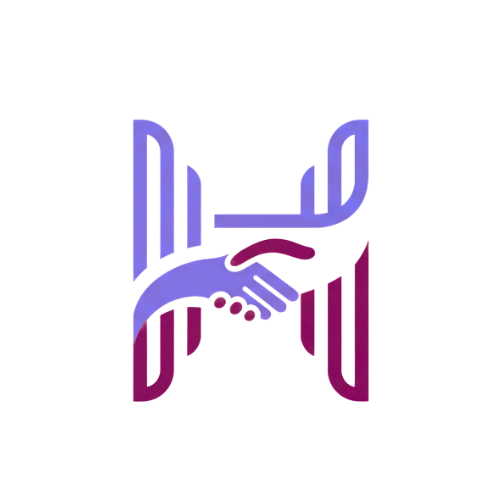




Leave a comment